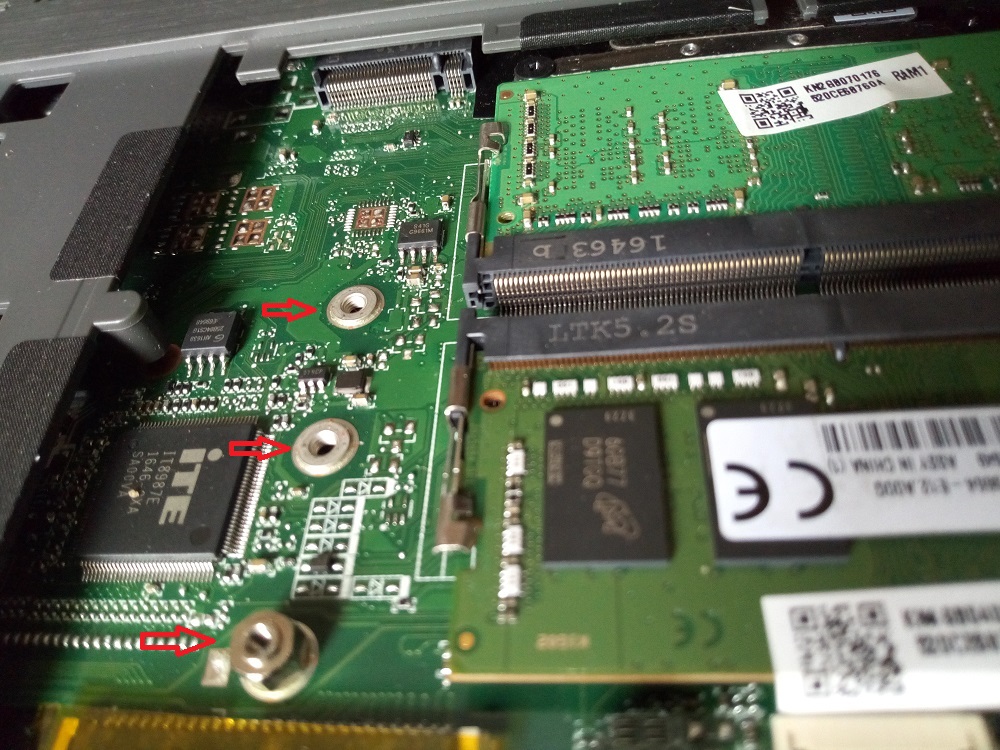A quick explanation of the meanings of two often used phrases in contemporary drive storage.
Disk drives (also known as spinning platter drives or HDDs) certainly account for the vast majority of our company’s data storage, at least as far as I’m aware (hard disc drives). Most home computers now use solid-state drives (SSDs) instead of hard drives (HDDs). Solid-state drives (SSDs) used to be more expensive. The prices have recently reduced to a level that is within the reach of most people.
Storage interfaces change as storage mediums change. HDDs and SSDs have traditionally communicated with motherboards using SATA ports (unless you’re working with outdated gear such as SCSI or PATA). American sailors, we love you!).
In order to function properly, SATA interfaces require two things:
Data from the drive is sent via SATA to the motherboard controller using SATA power. Alternatively, a single integrated cable can be used instead of two separate cables, which is less optimal. Regardless of which connection is used, the connectors are weak, and any cable causes latency. A little change may be in order. NVMe has now joined the conversation in the chat room. In order to link storage devices (and other components) directly to the PCIe interface, a new standard specification known as NVMe (or “NVM Express”) was created. Increased read and write speeds as well as reduced programme loading times can be achieved by using this bus instead of the SATA interface, which was previously required.
In other words, what is the M.2 acronym for?
This question necessitates an examination of form factors. HDDs in the 3.5″ and 2.5″ form factors are widely available in the commercial market for hard disc drives. A few years ago, 2.5″ SSDs accounted for the majority of the market. All of these drives required data and power cords because they were SATA drives. Because of its compact size, M.2 is the newest form factor of solid-state drive (SSD) that has hit the market. The length of an M.2 slot, which is 22mm wide, is determined by the number of slots on your motherboard. The range of dimensions is from 16 to 110 millimetres (most drives are 80mm). Check your device’s storage capacity before purchasing a drive! There are no wires to deal with in this design, which is a major plus. NVMe connects the SSDs to the CPU via the M.2 slot on the motherboard.
The things you need to buy
If you’re wondering whether NVMe is better than M.2, the short answer is that there isn’t any comparison. M.2 SSDs utilise the NVMe interface and the latest NVMe form factor. Lightning-fast storage that’s barely noticeable and easy to install can be yours when you combine the two. Win, win, win. Make sure you know the interface and the form factor, as well as the capacity and read/write speeds, before purchasing a drive. You’ll be able to make an informed decision about your future storage expansion if you keep this information in mind. Also Read: A Story about the Pixel tablet updates, Features With Specifications Arm Immortalis-G715 GPU Will Bring Hardware-based Ray Tracing to More Android Devices Fossil Gen 7 and Skagen Falster Gen 7 appear on Bluetooth Sony WH-1000XM5: Review: Everything You Need to Know
Q1: Which is better NVMe or M2 ?
Comparing NVMe drives to SATA SSDs, NVMe drives can often give read/write speeds of up to 3.5 GB/s. NVMe SSDs are suitable for high-resolution video editing and gaming since they are faster than SATA SSDs like M. 2 drives.
Q2: m 2 or NVMe, which is faster?
Even if you have a recent motherboard that supports M. 2 ports, two SATA SSDs are still slower than NVMe drives. Similar to 2.5″ SATA SSDs, M. 2 SATA SSD transfer speeds are constrained by their connection protocol.
Q3: Is NVMe SSD superior than a regular SSD?
In terms of raw performance, a normal SATA-based SSD and an NVMe-based SSD are vastly different. Modern SATA SSDs can transport data at a maximum rate of 550MBps.
Q4: Is the SSD or SSD m2 superior for performance?
2 At least three times quicker than a SATA SSD, the NVMe-enabled SSD has a B-key (Socket 2) interface and supports the NVMe protocol. Nearly seven times quicker than SATA SSD, if the M. 2 SSD’s M-key (Socket 3) interface supports NVMe protocol.
Q5: Is NVMe support included into every M2 drive?
The most typical choice is a two-slot machine. NVMe drives can be installed in some M. 2 slots, but not all of them can. Even if you have an M. 2 slot, you should verify that it can accommodate an NVMe drive before purchasing one.
Q6: What are the three variants of the SSDs?
Storage devices with SATA interface. The initial generation of SSDs are SATA SSDs. These NVMe SSDs can read data at a rate of up to 570MB per second. In comparison to SATA SSDs, NVMe is a standard that enables even faster transfer rates than those possible with SATA. There is also a PCIe port for attaching external video cards to the motherboard. Δ Contact Us :- trendblog.guest@gmail.com



